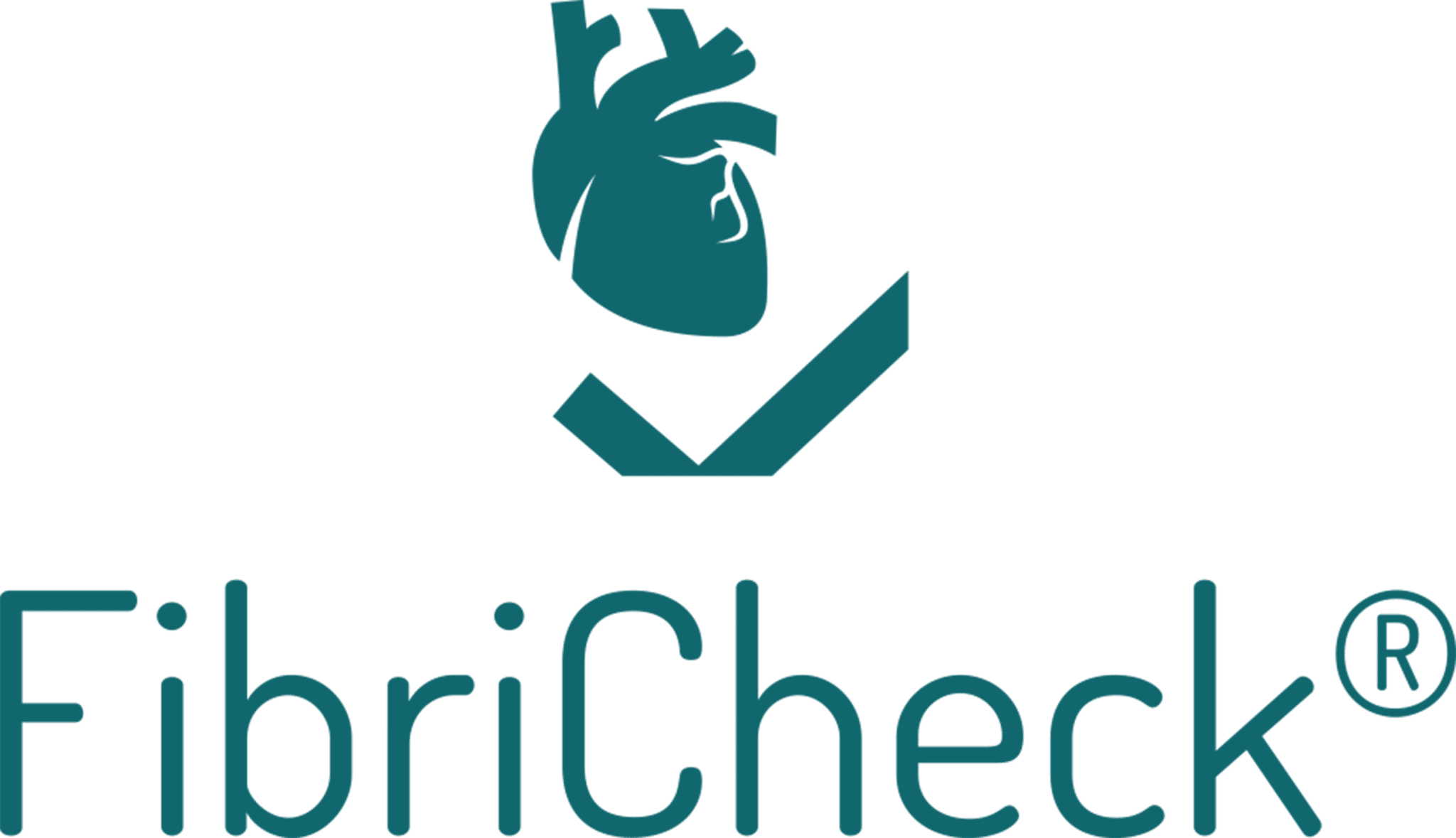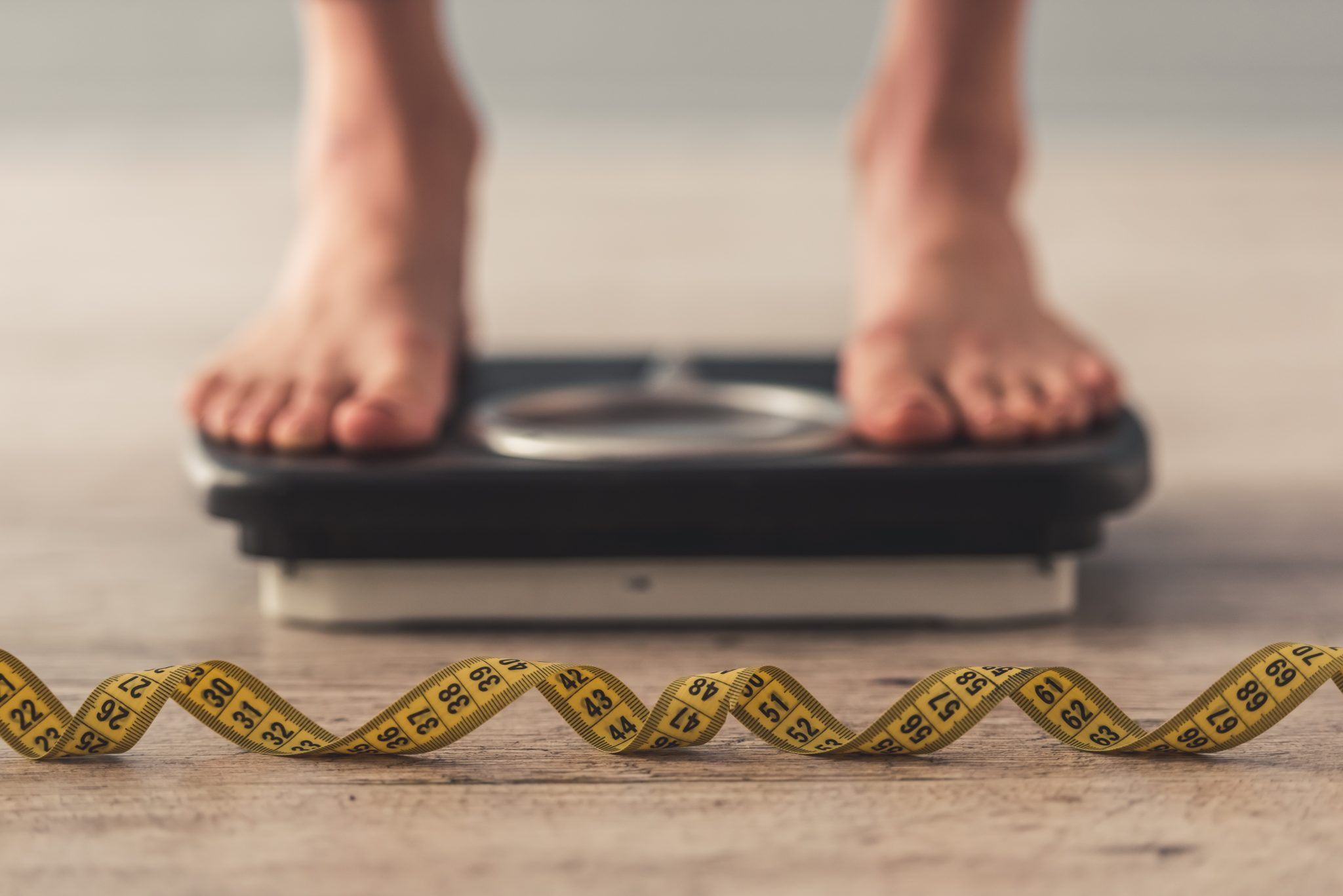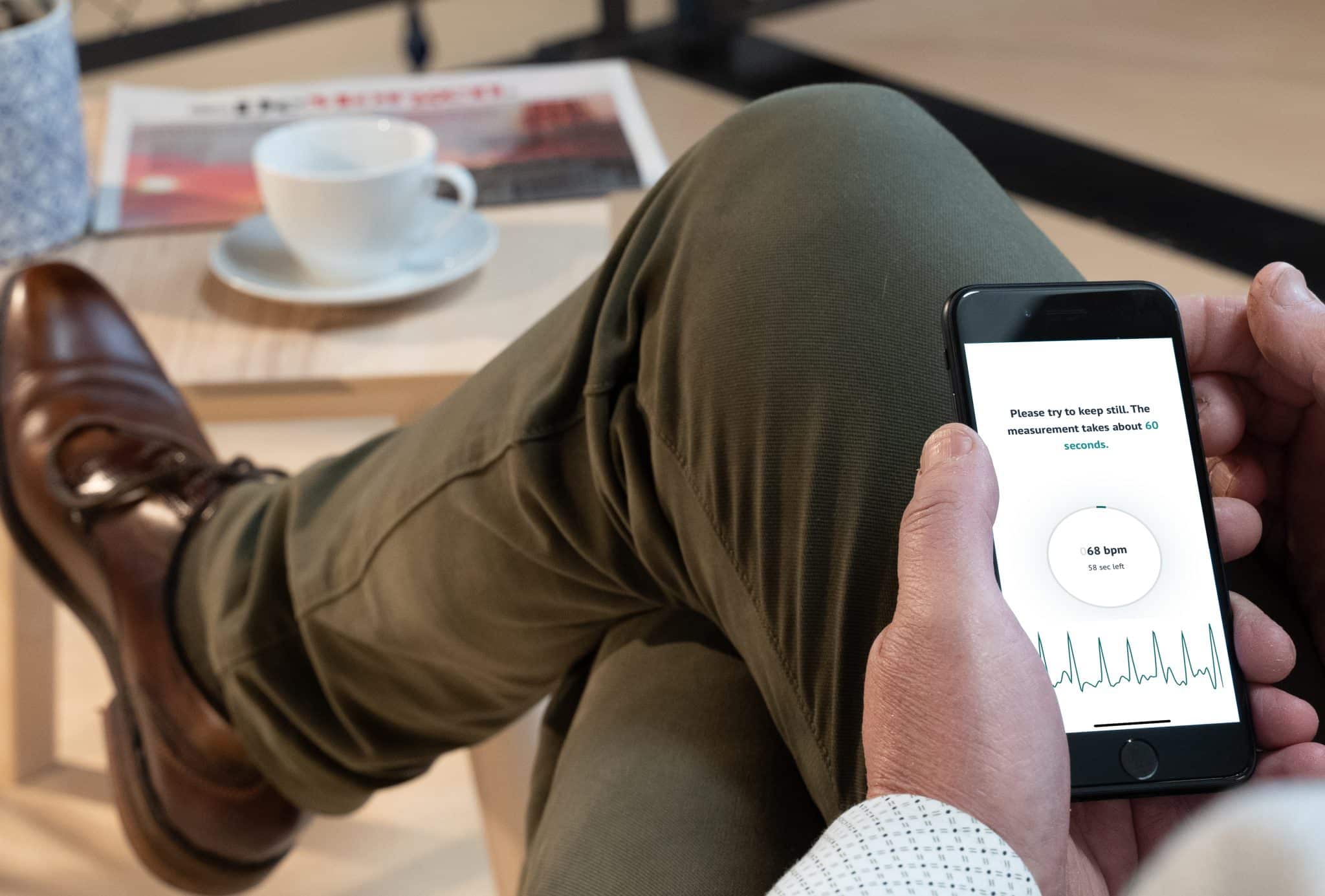Exercising on a regular basis. It is one of the best things you can do to improve your health. Not only does it ensure a better night’s sleep, it also boosts your mental health, makes your heart stronger and puts you at less risk of falling ill.
Yet, figures from the World Health Organisation (WHO) show that one in four people around the globe do not get enough exercise.1
High time then to wipe down and blow the cobwebs from your trainers! Depending on how long they’ve been stored away, that in itself will already give you a minute’s worth of moderately intensive exercise.
How often is regular?
Exercise is good for you. That does not mean anyone expects you to start training for the marathon. Even getting just a little bit of exercise works wonders to improve your heart health.2
But what is ‘getting regular exercise’ exactly? The WHO recommends 75 minutes of vigorous intensity exercise (e.g. running or swimming) or 150 minutes of moderate intensity exercise a week (e.g. walking or cycling). Which works out at a mere 10 minutes of high intensity exercise a day or less than half an hour if you are going for moderate intensity exercise. Sounds quite feasible, right?
The 7 benefits of getting more exercise3
1. Reduces your blood pressure
An unduly high blood pressure is among the biggest risk factors for developing atrial fibrillation or another type of heart disease. Over time, exercising on a regular basis has a similar effect as taking a beta blocker: not only does it drive down your heart rate, it also reduces your blood pressure.
2. Reduces stress
Stress hormones put pressure on your heart, as your heart muscle needs more oxygen. Severe stress may also cause heart rhythm disorders, especially if you are already genetically predisposed. By exercising (running, weight lifting, yoga, etc.) you are enabling your body to relax, which means the stress subsides.
3. Builds up your muscles

The more often you exercise, the more oxygen your muscles extract from your blood. This ensures that your heart – which itself is a muscle – will need to put in less effort to push the blood to your muscles.
4. Keeps your weight in check
Getting regular exercise also means you start losing weight whilst simultaneously ensuring you do not pile the pounds back on again. Which is good news for your heart, as being overweight is another key risk factor for heart disease. If you also combine exercise with a healthy diet, you are in clover.
5. Less risk of diabetes
And if you are combining activities like cycling, brisk walks or swimming with strength training, you are reducing the risk of getting diabetes by as much as 50%. This is because your muscles find it much easier to process glycogen when you are doing exercise. Glycogen is the glucose and carbohydrates your body has stored, in order to convert it back into glucose later on when your body needs energy. If glycogen is not broken down in your body, it may result in high blood sugar levels, and ultimately possibly even in diabetes.
6. Helps you stop smoking
Research shows that smokers who get regular exercise stand a better chance of quitting smoking.4 Which is a good thing, as smoking is yet another major risk factor for cardiovascular disease.
7. Reduces inflammations
Chronic inflammations not only play a major role in the ageing process, they are also linked to a wide range of age-related conditions (cardiovascular diseases, cancer, type 2 diabetes, etc.). 5
Tips for a proper work-out
- Get up from your chair more often
As far back as the late 1940s – early 1950s, British epidemiologist Jeremy Morris already proved that bus conductors who were running up and down the stairs of their double decker bus every day were only half as likely to have a heart attack as the bus driver who sat behind the steering wheel all day.6
One of the biggest risks for your heart is a sedentary lifestyle. As explained, ideally you would need to get 150 minutes of exercise each week. Sounds a little overwhelming? In that case, why not start out with – quite literally – small steps. Try taking the stairs instead of using the lift or park your car a little further up the road so you get to walk a short stretch. - Seek out activities you enjoy
Alternate different activities to find out what you enjoy most. Go running, cycling, dancing, take up yoga. If something does not do it for you, that is not a problem. There are plenty of activities to choose from. In doing so, you make sure exercise becomes and remains a fun part of your week. - Combine different work-outs for best results
The best way to improve your heart health is by combining some strength training (weight lifting, resistance training) with aerobic exercises such as walking, running, cycling or swimming.7 - Remember: getting started is the difficult part
According to a 2009 study published in the European Journal of Social Psychology, on average it takes 66 days before we have taught ourselves and incorporated a new habit. So it’s all about persistence. Your body will thank you for it!
What about heart rhythm disorders?
It has become a bit of a mantra over the course of this article: exercise is good for you. Even if you have a heart rhythm disorder. More so, exercise comes warmly recommended. Although we would advise you to take things easy if you have atrial fibrillation or another heart rhythm disorder. If you are looking to take up sports, discuss the best options open to you with your doctor.
The best thing to do is to start out with a low-key activity that does not send your heart rate sky-rocketing in the first few minutes. If you are experiencing palpitations, dizziness, lightheadedness or chest pains after all, take things a little easier and discuss matters with your doctor.
If you need more peace of mind, monitor your heart health with FibriCheck. We do advise waiting for 15 minutes or so after you have finished exercising before performing a measurement so your heart rate is able to come down again to your regular heart rate at rest after the effort you just put in.
References:
- Guthold R, et al. Worldwide trends in insufficient physical activity from 2001 to 2016: a pooled analysis of 358 population-based surveys with 1·9 million participants. The Lancet. 2018, DOI:https://doi.org/10.1016/S2214-109X(18)30357-7.
- Ramakrishnan R, et al, Accelerometer measured physical activity and the incidence of cardiovascular disease: Evidence from the UK Biobank cohort study, 2021, DOI: https://doi.org/10.1371/journal.pmed.1003487.
- 7 Heart benefits of exercise. Consulted on https://www.hopkinsmedicine.org/health/wellness-and-prevention/7-heart-benefits-of-exercise.
- Keyworth H et al, Wheel running during chronic nicotine exposure is protective against mecamylamine-precipitated withdrawal and upregulates hippocampal α7 nACh receptors in mice. British Journal of Pharmacology, 2017; DOI: 10.1111/bph.14068.
- Zheng G, et al, Effect of Aerobic Exercise on Inflammatory Markers in Healthy Middle-Aged and Older Adults: A Systematic Review and Meta-Analysis of Randomized Controlled Trials, Front. Aging Neurosci, 2019, DOI: ttps://doi.org/10.3389/fnagi.2019.00098.
- Morris JN, Crawford MD. Coronary heart disease and physical activity of work; evidence of a national necropsy survey. Br Med J. 1958 Dec 20;2(5111):1485-96. doi: 10.1136/bmj.2.5111.1485. PMID: 13608027; PMCID: PMC2027542.
- 3 Kinds of Exercise That Boost Heart Health. Consulted on https://www.hopkinsmedicine.org/health/wellness-and-prevention/3-kinds-of-exercise-that-boost-heart-health.
Created on July 28th, 2022 at 07:19 am
Last updated on June 27th, 2024 at 08:36 am



